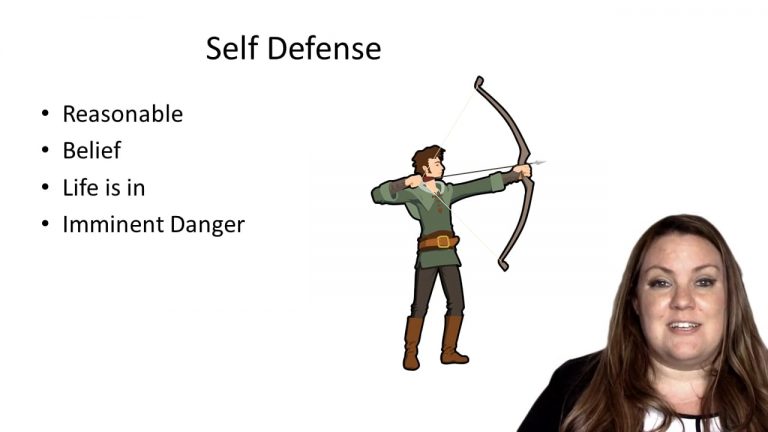SmartBrief
Confirm favorite deletion?
Criminal Law Keyed to Osler
United States v. Young
Citation:
613 F.3d 735 (8th Cir. 2010)Facts
Defendant was 33-years-old and messaging a girl who said she was 14 over the internet named Emily. They chatted over a few weeks and he lied to her about his personal life and dug into her interests in their conversations. He mentioned the possibility of meeting up, and the longer they talked the more sexual the conversation became, including the defendant asking her if she had ever had oral sex performed on her before. They eventually agreed to meet up at a Super 8 Motel, defendant said he would book a room and leave her a key in a card on his windshield with her name on it. She said that she would walk there in jeans and pink coat.
Emily was actually an undercover officer with the Dewitt, Iowa police. The day of the meet-up undercover officers were following the defendant as he went to the hotel to book a room, however his card declined and he had insufficient funds to get cash from an ATM. He then drove around local middle schools and high schools, eventually driving up to a park where an undercover officer was wearing jeans and a pink jacket. The defendant began honking and yelling at the officer when he was arrested.
During interrogation, the defendant did admit to talking to Emily and did not say he could have promised it would have been 100% innocent if they had been in teh room. Officers found a condom on the defendant’s person and a note in his car with her name on it along with a bottle of bubble bath, because she said she liked baths.
Only StudyBuddy Pro offers the complete Case Brief Anatomy*
Access the most important case brief elements for optimal case understanding.
*Case Brief Anatomy includes: Brief Prologue, Complete Case Brief, Brief Epilogue
- The Brief Prologue provides necessary case brief introductory information and includes:
Topic:
Identifies the topic of law and where this case fits within your course outline.Parties:
Identifies the cast of characters involved in the case.Procedural Posture & History:
Shares the case history with how lower courts have ruled on the matter.Case Key Terms, Acts, Doctrines, etc.:
A case specific Legal Term Dictionary.Case Doctrines, Acts, Statutes, Amendments and Treatises:
Identifies and Defines Legal Authority used in this case.
- The Case Brief is the complete case summarized and authored in the traditional Law School I.R.A.C. format. The Pro case brief includes:
Brief Facts:
A Synopsis of the Facts of the case.Rule of Law:
Identifies the Legal Principle the Court used in deciding the case.Facts:
What are the factual circumstances that gave rise to the civil or criminal case? What is the relationship of the Parties that are involved in the case.Issue(s):
Lists the Questions of Law that are raised by the Facts of the case.Holding:
Shares the Court's answer to the legal questions raised in the issue.Concurring / Dissenting Opinions:
Includes valuable concurring or dissenting opinions and their key points.Reasoning and Analysis:
Identifies the chain of argument(s) which led the judges to rule as they did.
- The Brief Prologue closes the case brief with important forward-looking discussion and includes:
Policy:
Identifies the Policy if any that has been established by the case.Court Direction:
Shares where the Court went from here for this case.
Topic Resources
Topic Outline
Topic Refresher Course
Topic Charts & Notes

 9m 57s
9m 57s